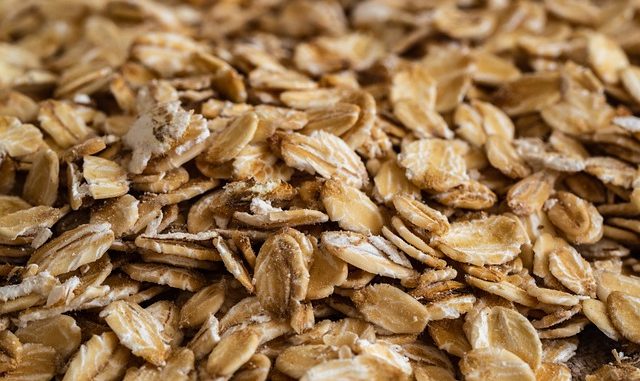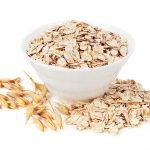
Beta-glucans are measured in barley, oats and various food products using an enzymic method now known as AOAC Method 995.16 (McCleary & Mugford, 1997).
The method uses highly purified 1,3:1,4-β-glucanase (lichenase) to depolymerise and then solubilize β-glucan. The released β-glucooligosaccharides are then hydrolysed further using a specific β-glucosidase. The released glucose is measured with a high purity glucose oxidase/peroxidase reagent.
Issues With AOAC Method 995.16
All the enzymes used need to be extremely pure and free of other enzymes that would inadvertently release glucose from starch, such as those hydrolysing any maltosaccharides and sucrose. These include α-glucosidase or glucoamylase. The presence of these enzymes can lead to more production of glucose from these other sources which produces an overestimation of the β-glucan content (McCleary, 2000).
The β-glucosidase from Aspergillus niger is preferred for catalyzing complete hydrolysis of the mixed-linkage β-glucooligosaccharides from barley or oat β-glucan to glucose. The same enzyme sourced from almond emulsin for example does not completely hydrolyse oligosaccharides and leads to an underestimation of the beta-glucan content in a sample (McCleary, 2000).
References
McCleary, B. V. (2000). Importance of enzyme purity and activity in the measurement of total dietary fiber and dietary fiber components. Journal of AOAC International, 83(4), pp. 997-1005 (Article).
McCleary, B. V., Mugford, D. C., & Collaborators: Camire, M.C., Gibson, T.S., Harrigan, K., Janning, M., Meuser. F., Williams, P. (1997). Determination of ß-glucan in barley and oats by streamlined enzymatic method: Summary of collaborative study. Journal of AOAC International, 80(3), pp. 580-583.


Leave a Reply